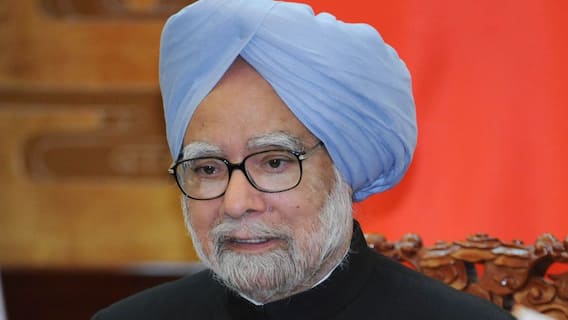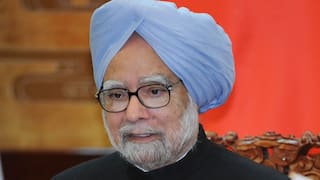I-T Exemption Limit For Leave Encashment Upon Retirement Raised To Rs 25 Lakh For Salaried Employees
Previously, non-government employees could receive a tax exemption of up to Rs 3 lakh on leave encashment. This limit was set in 2002 when the highest government basic pay was Rs 30,000 per month.

The Central Board of Direct Taxes (CBDT) on Thursday notified the hike in the tax exemption limit for leave encashment upon retirement for private sector salaried employees to Rs 25 lakh in line with the Budget 2023 announcement.
In a statement, the income tax department said that the aggregate amount exempt from income tax under section 10(10AA)(ii) shall not exceed the limit of Rs 25 lakh, where any such payments are received by a non-government employee from more than one employer.
Previously, non-government employees could receive a tax exemption of up to Rs 3 lakh on leave encashment. This limit was set in 2002 when the highest basic pay in the government was Rs 30,000 per month.
The new limit will come into force with effect from April 1, 2023.
"In pursuance to the proposal in the Budget speech, 2023,... the central government has notified the increased limit for tax exemption on leave encashment on retirement or otherwise of non-government salaried employees to Rs 25 lakh w.e.f. 01.04.2023," the CBDT said.
In the 2023-24 Budget, finance minister Nirmala Sitharaman increased the tax exemption on leave encashment on the retirement of non-government salaried employees to Rs 25 lakh, from Rs 3 lakh.
“The limit of Rs.3 lakh for tax exemption on leave encashment on retirement of non-government salaried employees was last fixed in the year 2002, when the highest basic pay in the government was Rs 30,000 per month. In line with the increase in government salaries, I am proposing to increase this limit to Rs.25 lakh,” she had announced.
Also Read: SoftBank To Invest In 5 Indian Start-Ups; May Infuse Up To $100 Million In Each: Report
What Is Leave Encashment
Leave encashment refers to the practice of receiving payment in exchange for unused leaves or vacation days that an employee has accrued but not utilised. When an employee resigns, retires, or leaves a job, they may be entitled to receive a lump sum payment for the accumulated, untaken leaves.
In the private sector, when a person retires or resigns, the leave encashment they receive is considered taxable as "Income from Salary." However, they have the option to claim an exemption under Section 10 (10AA)(ii) of the Income-tax Act.
According to this provision, any payment received as leave encashment during retirement or upon leaving the job is eligible for exemption. The limit is now proposed to be increased to Rs 25 lakh from earlier Rs 3 lakh.
As per the Income-tax website, “In case of non-Government employees (i.e., other than the Central or the State Government employees), leave salary exempt from tax under section 10(10AA) (ii) will be least of the following:
1. Period of earned leave in months (*) × Average monthly salary (**)
2. Average monthly salary (**) × 10 (i.e., 10 months’ average salary)
3. Maximum amount as specified by the Central Government i.e., Rs. 3,00,000 Different amounts (i.e., ceiling limits) are specified by the Government for different years. However, for employees retiring after April 1, 1998 specified ceiling limit is Rs.3,00,000.
4. Leave encashment actually received at the time of retirement.”
Average monthly salary
As per income tax department website, "Average monthly salary means average salary drawn in past ten months immediately preceding the retirement (i.e., the day of retirement). Salary for this purpose will include the following only: Basic salary, Dearness allowance considered while computing retirement benefits (i.e. DA in terms), and Commission based on fixed percentage of turnover achieved by the employee.
Apart from the above items, salary for this purpose does not include any other allowance or perquisites."
Trending News
Top Headlines






































